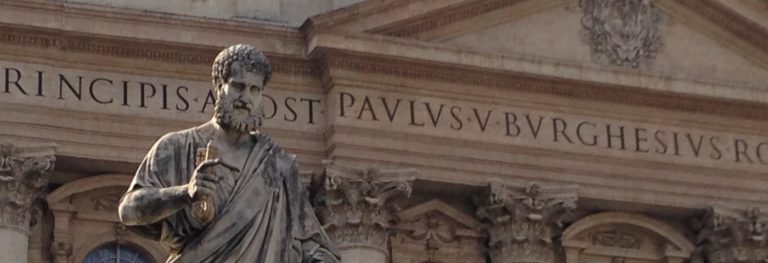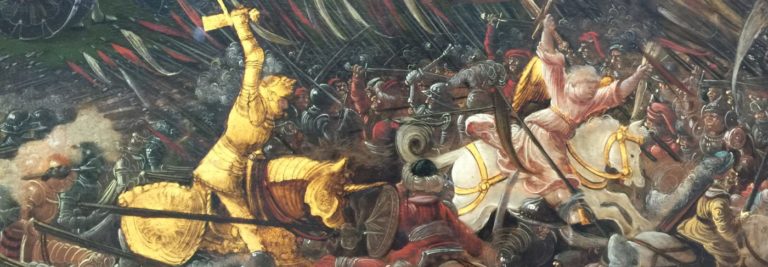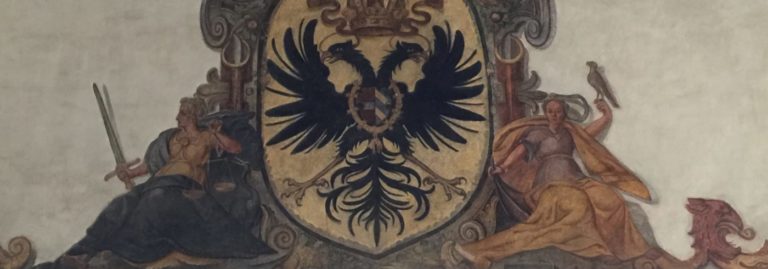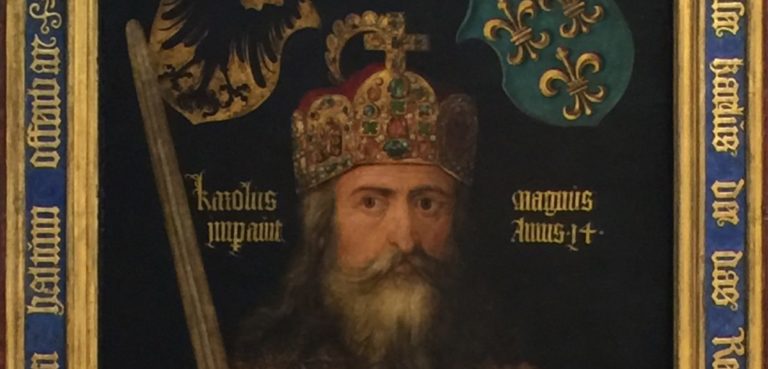There are very few events in British history as important as the Norman Conquest of 1066. The Bayeux Tapestry, a seventy-meter long, embroidered cloth, tells the story of this cataclysmic struggle for royal succession. The Tapestry has an interesting history of its own. For centuries, it was displayed at the Bayeux Cathedral in Normandy as a proud record of the prowess of the hometown team. Now, it has its own museum, also in Bayeux.

The fascinating premise of 1066: The Hidden History in the Bayeux Tapestry is that
the story line of the cloth may actually tell the tale from the English point of view, not the Norman perspective. The painstakingly researched book recounts the history and the artistic expression of the work of art. It is an excellent treatment of a confusing fragment of history. For starters, breeze through “The Viking Legacy” and “Emma’s Royal Flush” in the Baltic section of Cruisereader.com. Then, following the events and personalities of 1066: The Hidden History in the Bayeux Tapestry
will be considerably easier.

In many respects, the Norman Invasion was the last hurrah of three centuries of Viking imperialism. The victor in the contest, Duke William of Normandy, was descended from a long line of Danish and Norwegian Vikings who had settled in Northern France.
The name, “Normandy,” roughly translates to Land of the Northmen. The Duchy includes the delta of the River Seine, which the marauding Vikings kept using to sneak up on Paris. This usually resulted in a ransom being paid to make them go away. Unfortunately, this positive reinforcement of bad behavior only inspired more Viking visits. Finally, the King of France gave Viking Rollo the patch of land called Normandy and told him to keep his Viking brethren at bay. Six generations later, baby William, bastard son of Duke Robert, survived a very rough childhood to take charge.

It is very important to understand, therefore, that the true French did not consider William a countryman. Normans were uncouth bullies who just happen to be vassals of the French crown. William did enlist the help of his French neighbors for the assault on Britain. But the politics were thick and very convoluted.
Andrew Bridgeford, the author, takes us through the historical sources and controversies in a light and entertaining fashion. The result is a very well-rounded discussion of the history of the period and the furry lines where fact and conjecture become muddled or conflicting. As with most contested crowns, William’s strongest claim to the English throne was his battlefield victory. The result, in the context of the Medieval period, was God’s punishment. You will have to read 1066: The Hidden History in the Bayeux Tapestry to find out why.













